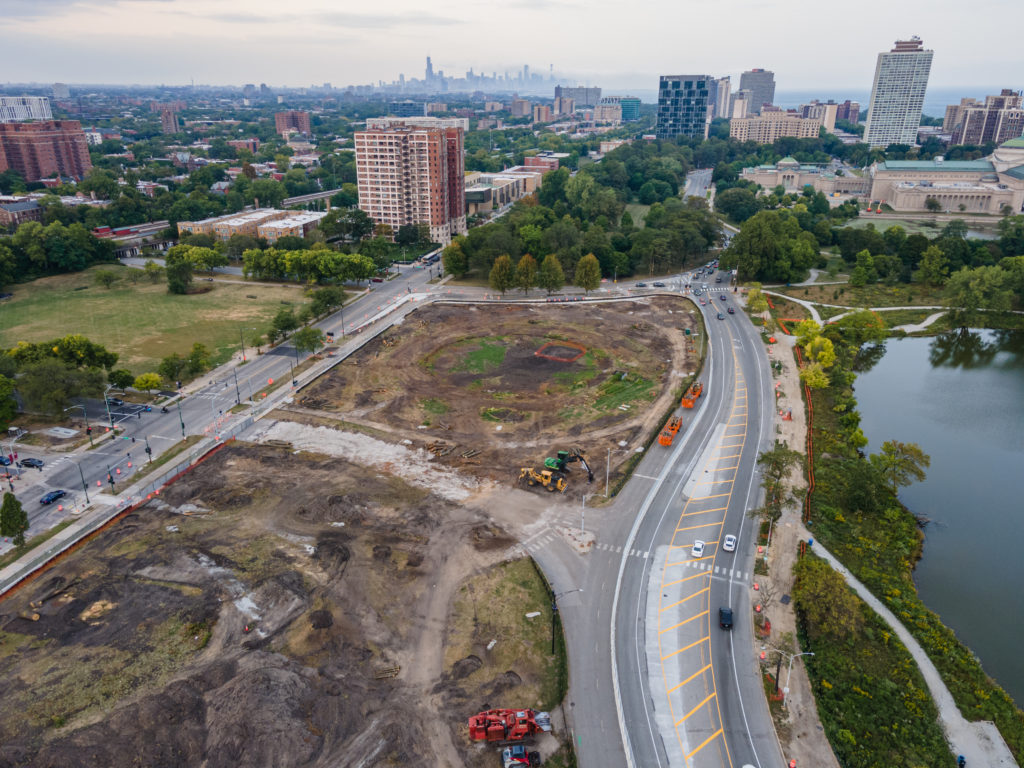
Months before the official groundbreaking of the Obama Presidential Center (OPC), residents and commuters were already noticing changes to the landscape near the lakefront. Prep work began with the closure of familiar streets like Cornell Drive and Midway Plaisance which will undergo alterations that are changing traffic patterns and is thus far complicating crossing the street or taking the bus.
Yet, for many people, the scope of the area’s impending transformation didn’t really hit home until the trees came down, hundreds of trees—some more than a century old—seemingly taken for granted by OPC planners. Last month, construction crews tore up the track and turf field near 61st Street to make way for the project. And the Women’s Garden at Jackson Park was recently uprooted to the dismay of local residents who’d been told by the Obama Foundation that it would be left intact.
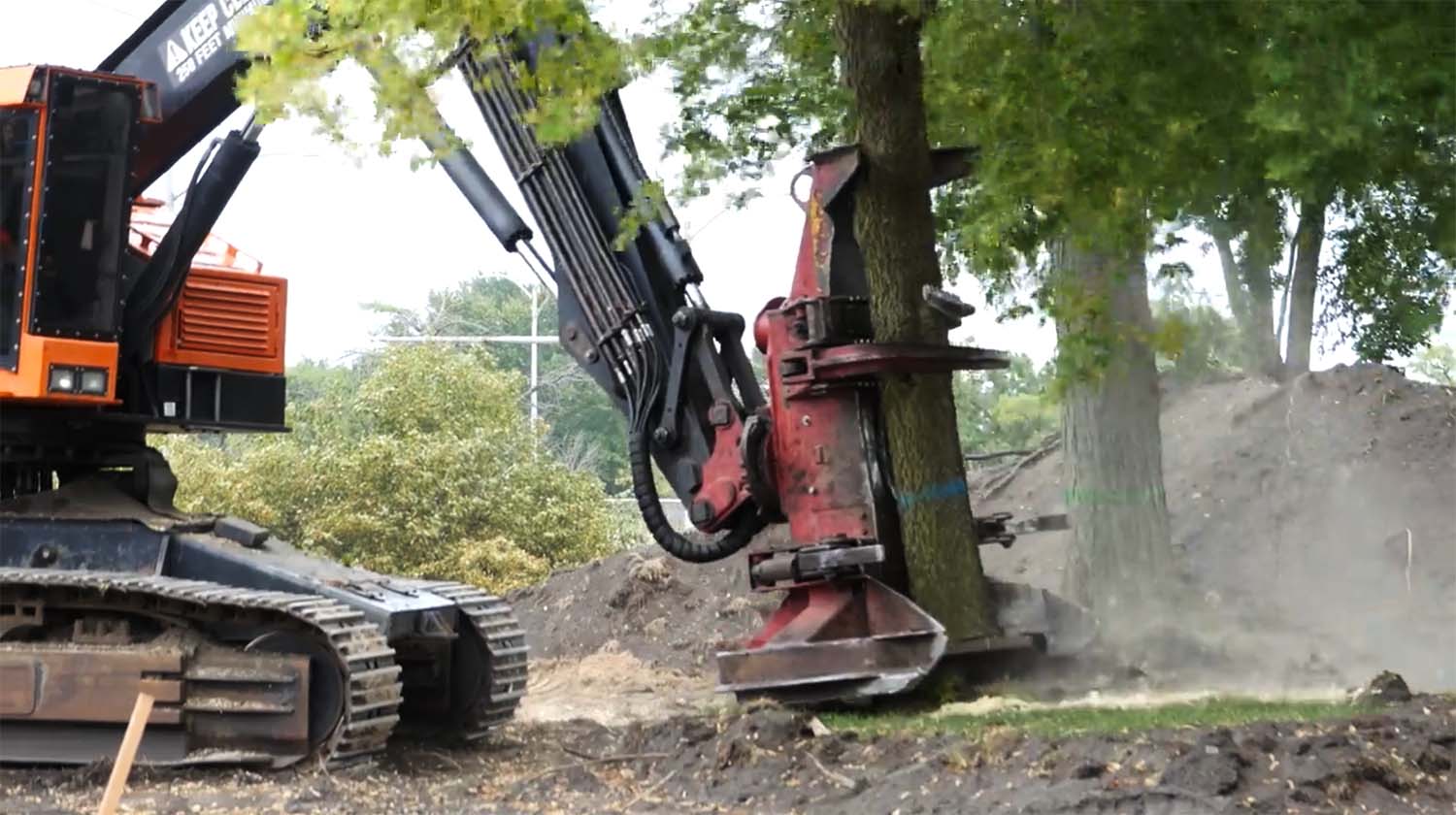
It does not take a “tree hugger” or a preservationist to realize the ecological damage that has been done overnight, which has wider implications for the city. The Southeast Side, for example—if not the entire South Side—notoriously suffers from environmental pollution and can hardly afford to spare a square foot of greenery.
Studies show the Jackson Park trees removed about 350 pounds of air pollution a year and absorbed two hundred tons of carbon. They additionally provided a cooling effect and a needed respite for Chicagoans. Proponents of the OPC in Jackson Park have assured the public that they will replace the tree deficit with the same number of young trees, but frankly, we may not see the Lake Shore canopy return to its former glory in our lifetimes or ever.
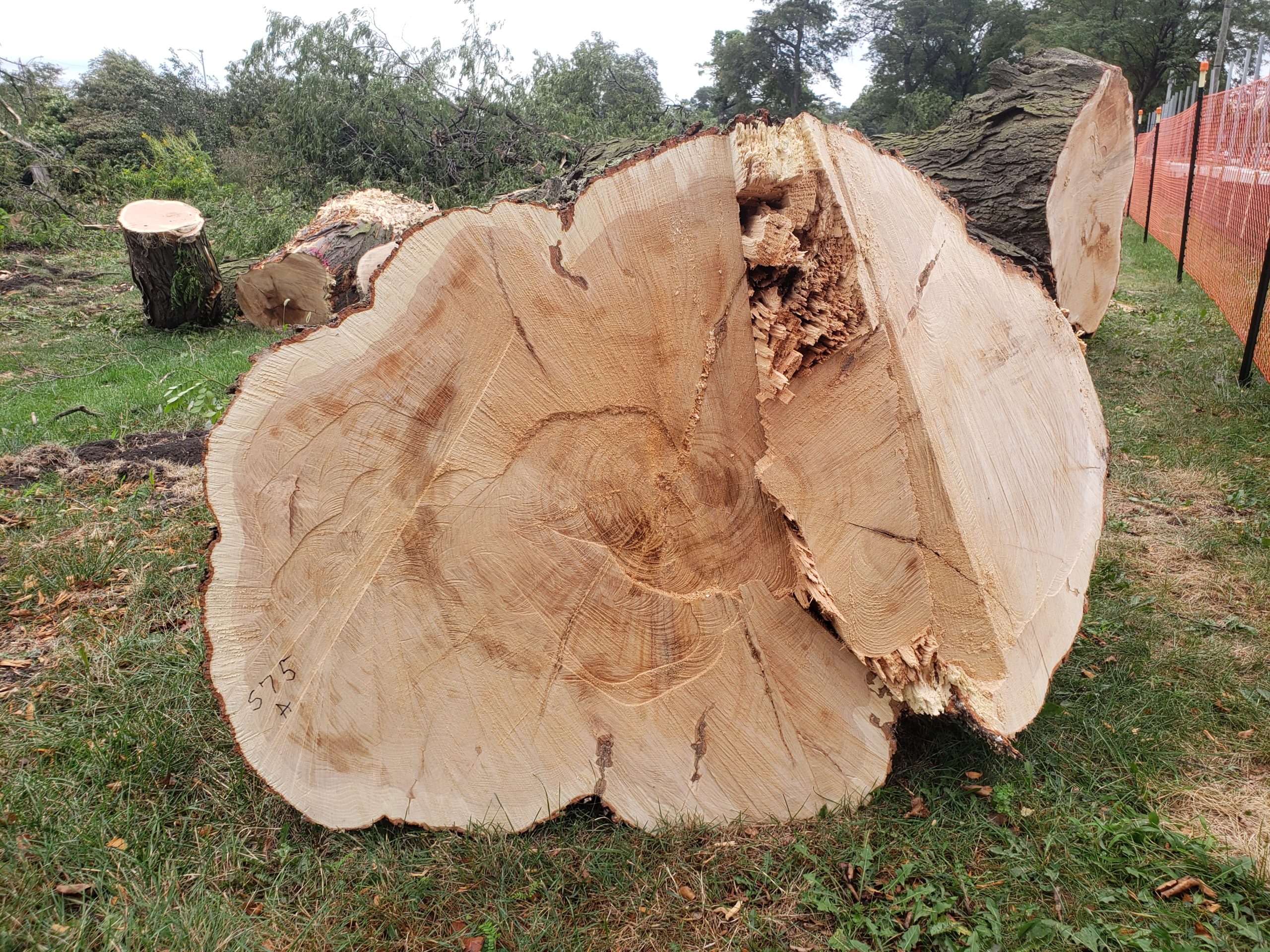
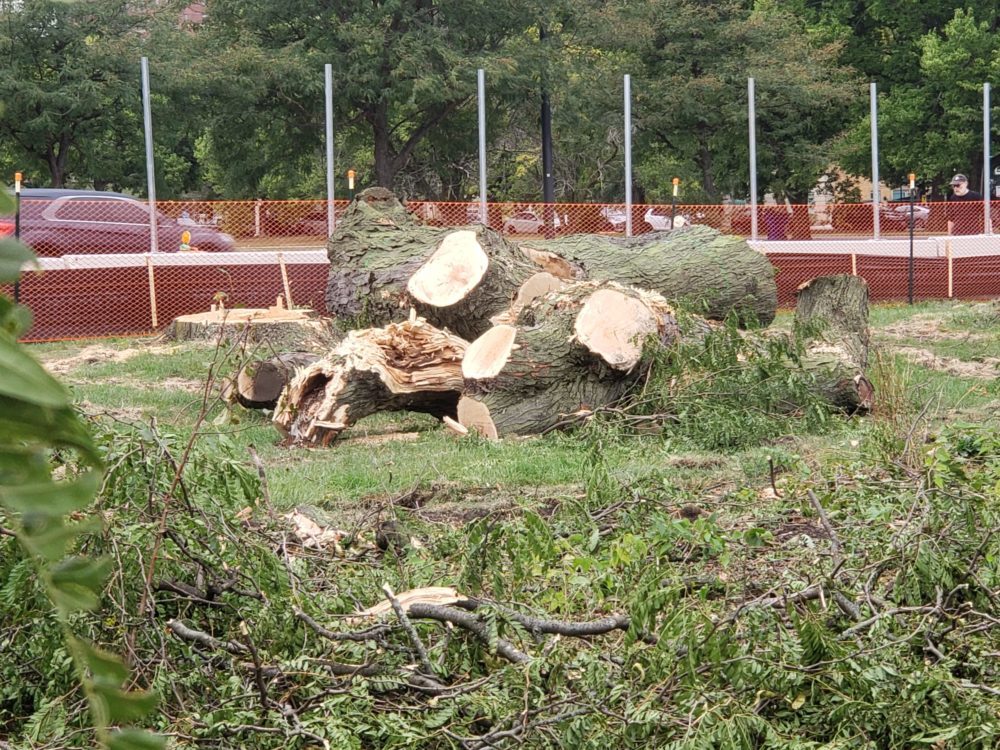
The trees that were cut consisted of roughly forty species of mostly healthy mature trees with trunks that were up to fifty-nine inches in width and acted as both food and shelter for birds and wildlife. The majority of birds that inhabit or migrate through the state descend upon the shores of Chicago’s Lake Michigan in a route that is known as the Mississippi Flyway. All kinds of bird species, plant species, and animals and insects, were co-dependent on the Jackson Park ecosystem that has been disrupted.
This piece of protected land has been coveted ever since it was host to the World’s Columbian Exposition and dating further back. But today, through a combination of legislative maneuvers, Jackson Park has gone from having public oversight to being controlled by private hands.
With the lack of community input or a comprehensive community benefits agreement it’s unclear what other changes are coming with this development. But up until this point, much has already been lost.
Jackie Serrato is the Editor in Chief at the Weekly. She was recently a neighborhood captain for Best of the South Side, where she covered La Villita, Pilsen, and Back of the Yards.



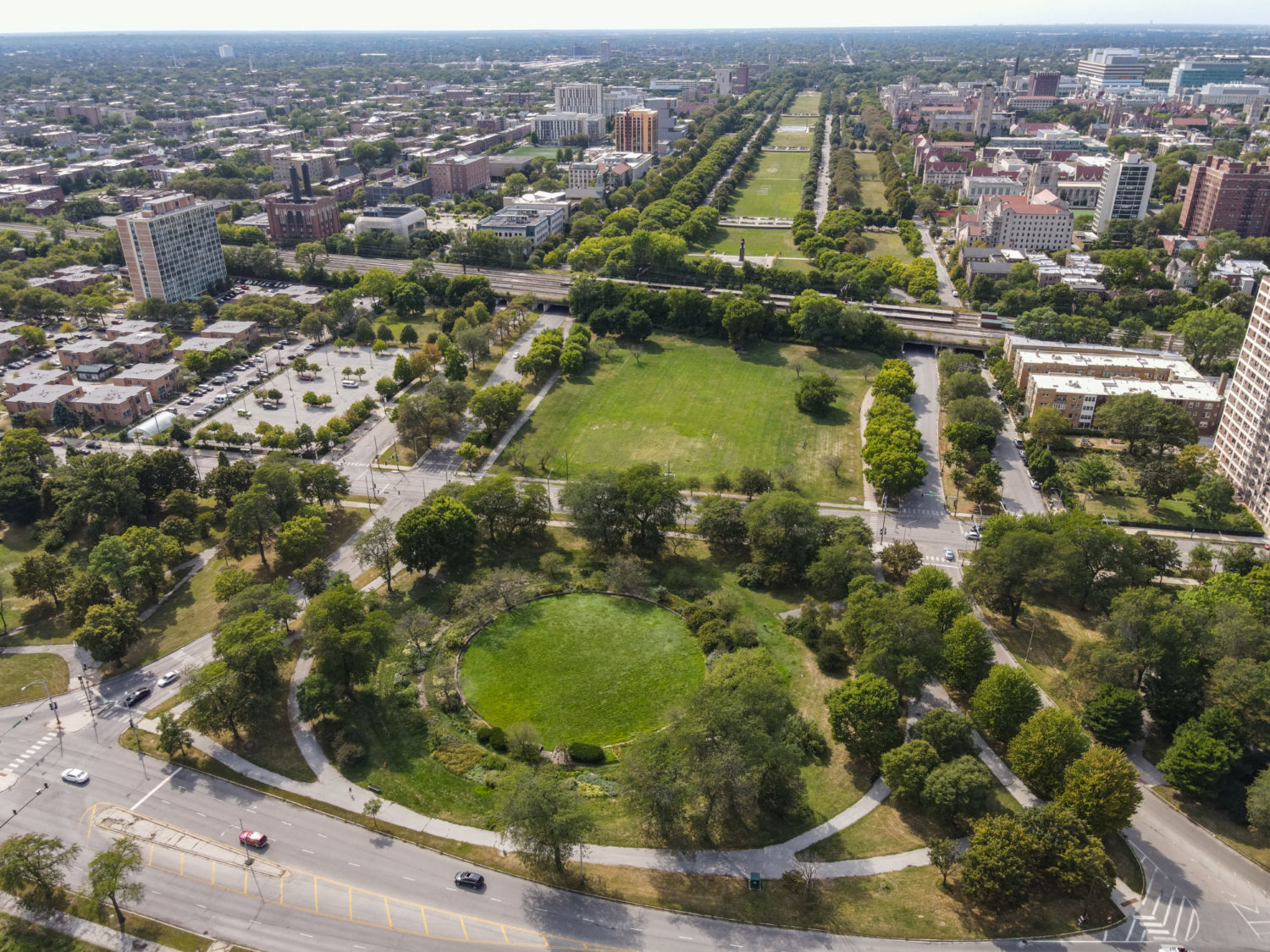
Are the trees still on site? I would take them and salvage rhe timber and make furniture and flooring and cool stuff
Before and after pictures should cover the same area and be taken from the same vantage point. I understand what’s in the sad after picture and its vantage point, but I have no idea what’s covered in the before picture.
Every journalist learns the “w”‘s.
Great “W” job. A good journalist hunts. A great journalist (at any level) identifies stories within stories.
Within this story is the addage “to the victor go the spoils”.
— To the victor go the spoils.
Where the guardians of the garden; where the Jackson Park trees are the (ecological) “spoils” of development and progress…to where did they go?
Lumber is a resource. Lumber has value. Lumber is a commodity. Following the “Great Fire”, any and all Chicago Lumber is precious.
Who is the “Victor”? Who, what, why, where, when, where… (and often HOW) did the Victor become????
— As a South Side Weekly reporter, this information is JOURNALISM!!!
This is a tragic loss. These trees, around three hundred or so, were huge, mature specimens, they provided benefits that a sapling will not. Also note there are more trees to be removed, this in the course of road-widening projects throughout the Park. Stony Island Avenue, Hayes Drive, even Lake Shore Drive; according to CDOT another four to five hundred trees, cut down. The value of these trees is not in lumber, it is in filtering the air, releasing oxygen, producing shade, reducing the urban heat island effect. This is directly up against the Park’s nature area, and it is directly in the path of a known migratory flyway. It is a boondoggle.
Where is their Environmental Impact Statement?
Thank you for speaking out against the OPC’s cutting down of mature, legacy trees and acknowledging their lost environmental benefits to Chicago’s Southside. That includes diminished air quality leading to greater incidence of asthma in our Southside children. Cutting down trees obviously leads to decreased capability for carbon offsetting; in a city as congested as Chicago with vehicular transportation, cutting down the mature
trees we have is public health suicide.
Sadly, our local conservation non-profits have let us down, including Openlands and Friends of the Park. Openlands has been promoting planting a tree in one’s front yard while looking away from Jackson Park and the 789 mature trees slated for destruction. If the OPC and Obama get their wish, more trees will be cut down to make way for a Tiger Woods Golf Course in the South Shore Nature Sanctuary. I cannot imagine who that will benefit. Certainly not local residents.
However, you stood up for the public health concerns of our Southside communities. Kudos to you! Thank you!
The clear-cutting of hundreds of trees in Jackson Park to make way for the Obama Presidential Center was wholly unnecessary. Making things worse, hundreds more trees are to be clear-cut in Jackson Park, in connection with the shutdown of the section of Cornell Drive that runs through the park.
Thank you for this article and for highlighting the tragedy that is this expropriation of public land. This article helps to provide the documentary evidence of what will be seen as a loss of epic proportions.
I am so sorry. Sorry for the local community. Seems you could have had trees AND an Obama Center. This is devastating. Thank you for documenting.
Can anyone explain why these precious trees could not be compatible with a well-planned Obama library? Is this another case of bad planning or are we missing something.?
A shining 250-foot-tall non-presidential library, what a way to celebrate one’s ego. So much is just wrong, yet we all know how much Obama and his people love privatization. The current residents will be especially pissed and disappointed once the OPC folks figure out how to relocate entire communities.
Have any of the trees that were removed from Jackson Park for the building of OPC, replaced in the community?
The first photo is the Midway between 59th and 61st. It is an entirely different parcel. I hope there are still some Jackson Park aerial photos that can be used for comparison with the sad and empty lot in the second photo.
CDOT is a reckless, harmful, and destructive agency that doesn’t have the creative vision to make this city better.